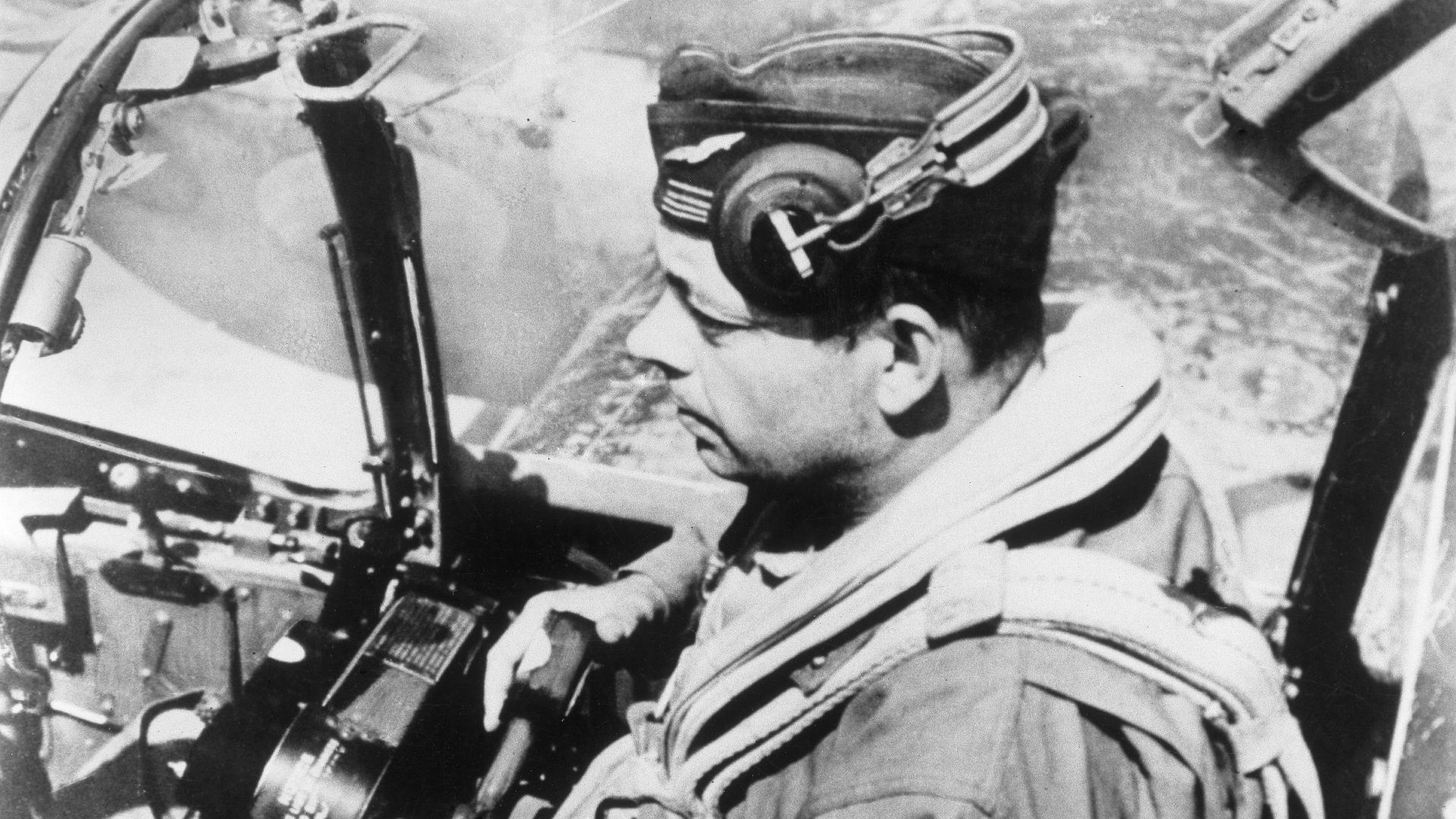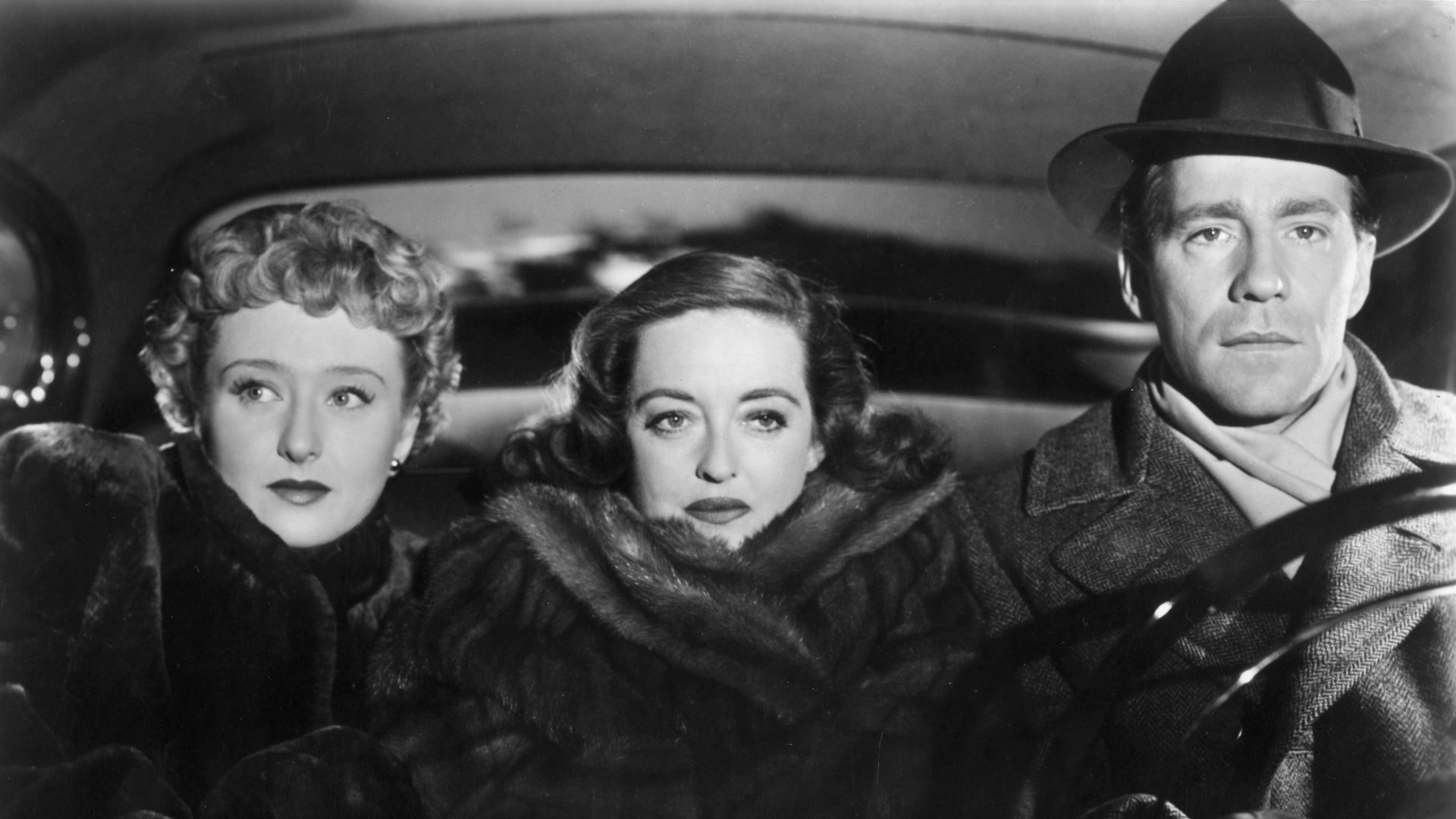Writing in his 1939 memoir Wind, Sand and Stars, Antoine de Saint-Exupéry described an occasion during the 1920s when his aircraft was forced to make an unscheduled landing in a remote part of the Sahara Desert.
Having descended rapidly with a coughing engine on to a raised plateau, when Saint-Exupéry climbed out of the cockpit and dropped to the dusty earth he should have been entirely occupied by the seriousness of his predicament and how he might escape it. Instead he thought about how he was surely the first human ever to set foot on this raised, sheer-sided part of the desert – and went for a stroll.
When he noticed large fragments of shiny black rock glinting from the dust, Saint-Exupéry realised he was walking among the remnants of a meteorite. “A sheet spread beneath an apple tree can receive only apples,” he wrote. “A sheet spread beneath the stars can only receive stardust.”
If he had merely recounted the crash-landing and his efforts to repair the aircraft before bumping across the dusty surface to rise again into the sky it would have been a dramatic enough narrative. But Saint-Exupéry was far more than an adventurous pilot, he was a born observer, thinker, writer and, most importantly, dreamer.
“And here is where my adventure became magical,” he continued, collecting pieces of sparkling rock, “for in a striking foreshortening of time that embraced thousands of years I had become the witness of this miserly rain from the stars.”
Saint-Exupéry was as old as the century in which he lived and a little older than the powered flight that defined his life. Born in Lyon in 1900 to an insurance broker father from an old aristocratic family, the future pilot was three years old when the Wright Flyer left the ground at Kitty Hawk in December 1903 to commence the aviation age.
He enjoyed a comfortable upbringing, albeit one that lacked the full trappings of the nobility suggested by the family name, not least when his beloved father died suddenly before his son’s fourth birthday.
He grew up with the love of a doting mother and great-aunt at a château outside Lyon, but when he was sent away to a strict boarding school he suffered terribly from homesickness.
When a flying school opened in 1911 close to the family home, the sight of primitive aircraft buzzing over the château became the highlight of Saint-Exupéry’s school holidays. The pioneering flyers represented everything he desired and the antithesis of his unhappy school life: adventure, daring and a thrilling sense of exhilarating freedom.
Once he began hanging around the flying school it wasn’t long before he was taken up for a spin and, utterly intoxicated by the experience, he realised his future lay in the air.
It took until his military service near Strasbourg in the early 1920s before Saint-Exupéry could afford flying lessons. A transfer to the air force and a posting to Casablanca followed, where he became one of the first pilots of the French colonial postal service, first in north Africa, then South America.
In our flight-dominated times it can be hard to appreciate just how dangerous flying was in the pioneering days of the early 20th century. When Saint-Exupéry began his postal career flying long distances over the desert it was barely two decades since the Wright brothers had briefly lifted their machine off the ground.
Instruments were rudimentary, engines temperamental and the aircraft flimsy, yet such was the pull of the skies that flyers were still happy to risk their lives every time they climbed into a cockpit.
The mortality rate among early pilots was startlingly high even among the most gifted and experienced – and Saint-Exupéry was far from a natural flyer.
A tall, burly man, he struggled to fit into cramped cockpits, never learned English, the first language of the skies, and frequently confused feet and metres when discussing altitude. In addition, friends and colleagues despaired at his propensity for distraction while at the controls.
“He was not a great flyer,” recalled a fellow pilot, “always thinking about something else.”
His reputation for airborne absent-mindedness was legendary, once arriving late for a dinner in Algiers after fellow guests had watched him circle overhead until he had finished the detective novel he was reading.
Saint-Exupéry was obsessed with flight. His first engagement, to Louise de Vilmorin, was broken off largely because of his incessant talking about “the sublime moments between heaven and earth”, while his stormy marriage to his wife, Consuela, endured despite, in her words, his “preferring great open spaces, wrecks and ghosts from the past”.
Saint-Exupéry poured his love of flying into his writing, producing novels based on his north African experiences that saw him dubbed “the Conrad of the air”, the wildly successful semi-autobiographical children’s book The Little Prince, and Wind, Sand and Stars, which earned him the Académie Française’s Grand Prix du Roman.
His writing also got him sent as a special correspondent to Russia in 1935 by Paris-Soir and then to the Spanish civil war, but he was only truly fulfilled when either in the air or writing about being in the air, determined to disseminate the benevolent progress flight represented for humanity.
“Transport of the mails, transport of the human voice, transport of flickering pictures,” he wrote, “our highest accomplishments still have the single aim of bringing men together.”
During the second world war Saint-Exupéry volunteered for military service, but his reputation for aerial absent-mindedness, not to mention the litany of crashes that blighted his flying career, worked against him. An American colonel responded to Saint-Exupéry’s stated preparedness to die for his country with, “I don’t give a damn if you die for France or not, you’re not doing it in one of my airplanes.”
Ultimately he did die for France, however, going missing over the Mediterranean during a reconnaissance flight one night in 1944. No trace was found until his identity bracelet came up in a fishing net in the late 1990s, confirming that Saint-Exupéry had ended as far from the heavens as he could be.
Yet even on that final flight he was where he was happiest: surrounded by a celestial canopy of stars above an empty expanse of darkness, attuned to the mysticism of the universe.
“The magic of the craft has opened for me a world in which I shall confront, within two hours, the black dragons and the crowned crests of a coma of blue lightnings,” he wrote, “and when night has fallen I, delivered, shall read my course in the stars.”




